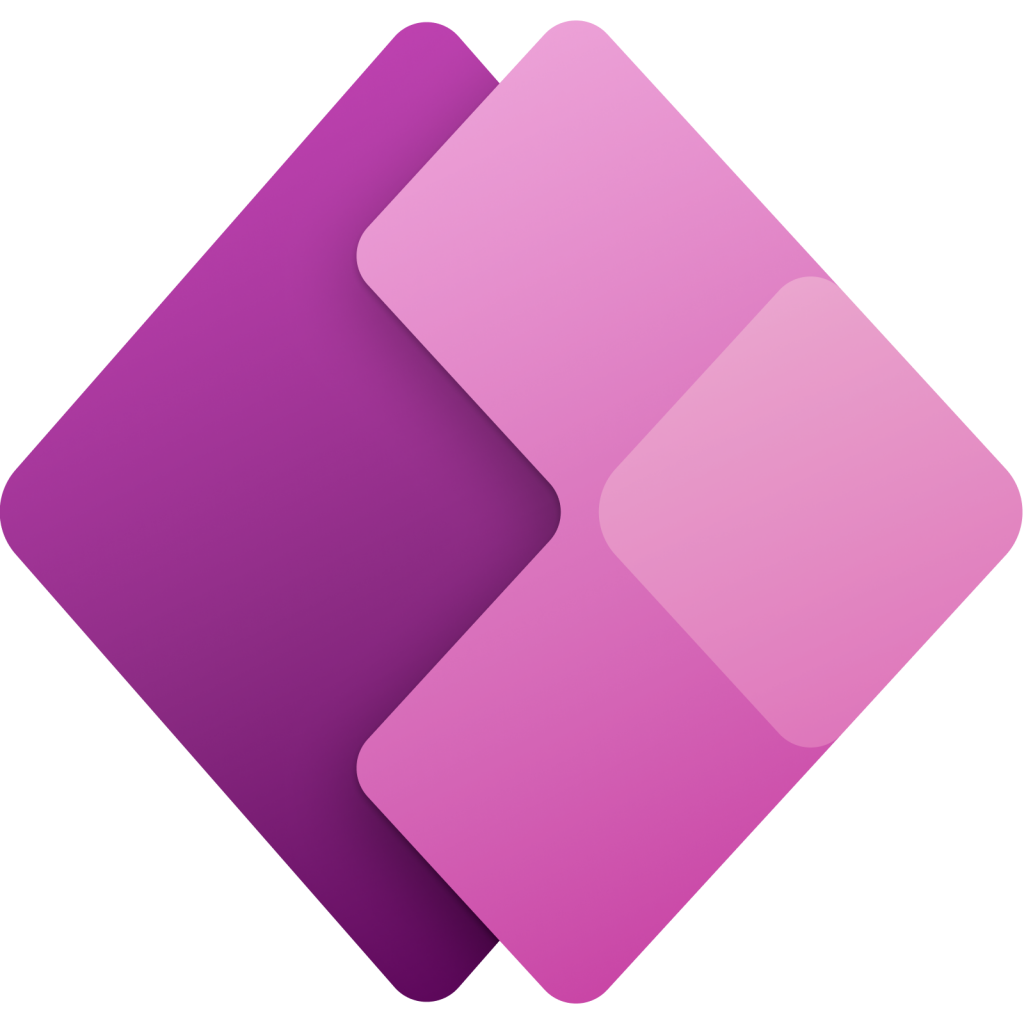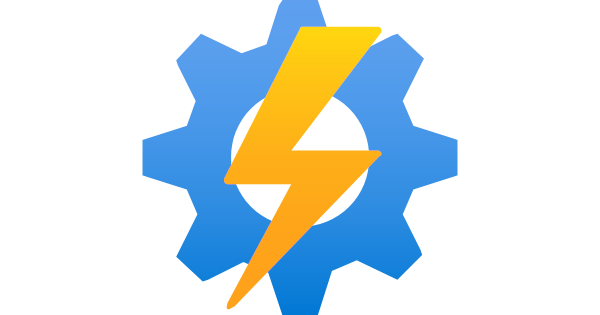Whether you want to automate repetitive tasks, build custom applications, or gain powerful insights from data, Microsoft offers an impressive suite of solutions designed to make your life easier. But with so many options—Power Automate, Power Apps, Power Pages, Logic Apps, Azure Automation, and Power BI—how do you choose the right tool for your needs?
That’s where this Complete Microsoft Automation, App, and Data Platform Comparison Chart comes in. Think of it as your roadmap to navigating Microsoft’s powerful ecosystem. This guide is designed for everyone, from tech-savvy professionals to business users looking to simplify their workflows. No technical expertise? No problem! Microsoft’s platforms are built with both beginners and experts in mind.
Each tool in Microsoft’s suite serves a unique purpose. Some are perfect for automating business processes, while others empower users to build apps with little to no coding experience. Some focus on website development or cloud automation, and others transform raw data into stunning visual reports. By breaking down the strengths, features, and ideal use cases of each solution, this comparison chart will help you make an informed decision—without all the guesswork.
Whether you’re looking to boost productivity, streamline operations, or unlock the full potential of your data, this guide makes it easy to understand which Microsoft tool will work best for you. Let’s dive in and discover how Microsoft’s platforms can transform the way you work, innovate, and automate!
| Tool | Best For | Key Features | Target Users | Use Case | |
 | Copilot Studio | Creating AI-powered chatbots for internal or external use | Low-code bot builder, generative AI, Teams integration, Power Platform connectivity | Business users, bot designers | HR chatbot, IT service Copilot in Teams |
 | Power Automate (Cloud) | Automating workflows between cloud services and apps | 1000+ connectors, approval flows, no-code automation | Business users, analysts, IT pros | Auto-email on file upload, CRM and SharePoint sync |
 | Power Automate Desktop | Automating manual, repetitive desktop-based tasks | RPA, screen scraping, UI automation, desktop scripting | RPA developers, tech-savvy users | Automate legacy software, desktop data entry tasks |
 | Power Apps | Quickly building custom business apps without full development | Canvas & model-driven apps, Dataverse support, responsive design | Business users, citizen developers | Field service inspection app, leave request tracker |
 | Power Pages | Designing secure, external-facing websites with data integration | Drag-and-drop web builder, Dataverse access, role-based permissions | Web devs, external service providers | Customer support portal, registration system |
 | Logic Apps | Enterprise-grade, scalable cloud automation and integration | Visual designer, Azure connectors, parallel executions, event-driven architecture | Developers, DevOps, IT architects | EDI processing, SAP + Dynamics 365 integrations, service bus-triggered workflows |
 | Azure Automation | Automating infrastructure tasks and management at scale | Runbooks (PowerShell/Python), update management, hybrid worker support | IT admins, DevOps teams | VM patching, automated backups, hybrid environment automation |
 | Power BI | Business intelligence and data visualization | Data integration from multiple sources, real-time dashboards, interactive reports, AI insights | Data analysts, business decision-makers | Sales performance reports, marketing dashboards, real-time analytics for KPIs |
Summary for Choosing the Right Tool
- Use Power BI for any data-related tasks, like analyzing and visualizing sales data, or creating interactive dashboards for business intelligence.
- Use Power Automate (Cloud) for connecting cloud services and automating tasks that don’t require deep coding.
- Use Power Automate Desktop for automating legacy systems or repetitive tasks on your computer.
- Use Power Apps for building custom business applications quickly without full-scale development.
- Use Power Pages for building external-facing websites with integrated security and access control.
- Use Logic Apps for enterprise-level, scalable workflows and deep system integrations.
- Use Azure Automation for managing cloud infrastructure and performing routine IT maintenance tasks at scale.
Latest Posts
- Amazon Managed Service for Apache Flink is now available in AWS Asia Pacific (Auckland) Region

- Amazon Connect now supports multiple choice and date questions in evaluation forms

- (Updated) Microsoft Viva Insights: New prompt categories in the Microsoft Copilot Dashboard [MC1092459]
![(Updated) Microsoft Viva Insights: New prompt categories in the Microsoft Copilot Dashboard [MC1092459] 4 pexels alexasfotos 32112166](data:image/svg+xml;base64,PHN2ZyB3aWR0aD0iMSIgaGVpZ2h0PSIxIiB4bWxucz0iaHR0cDovL3d3dy53My5vcmcvMjAwMC9zdmciPjwvc3ZnPg==)
- Amazon Elastic VMware Service (Amazon EVS) is now available in additional Regions




![(Updated) Microsoft Viva Insights: New prompt categories in the Microsoft Copilot Dashboard [MC1092459] 4 pexels alexasfotos 32112166](https://mwpro.co.uk/wp-content/uploads/2025/06/pexels-alexasfotos-32112166-150x150.webp)
